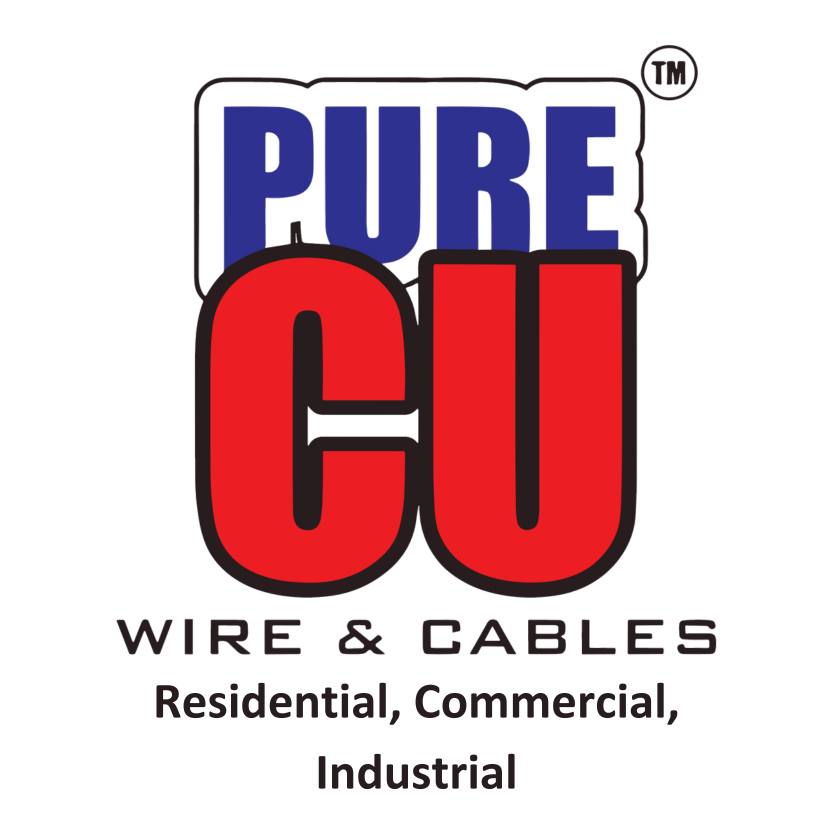When it comes to electrical projects, selecting the appropriate wire gauge is crucial. The wire gauge determines the amount of current that can safely pass through the wire without overheating or causing a hazard. In this guide, we’ll delve into the intricacies of wire gauge, helping you make informed decisions for your wiring needs.
What is Wire Gauge?
Wire gauge, also known as the American Wire Gauge (AWG), is a standardized system for measuring the diameter of electrical wire. It assigns a numerical value to wire diameters, with smaller gauge numbers representing thicker wires. The AWG system is widely used in North America, while other regions may employ different measurement standards.
Importance of Choosing the Right Wire Gauge
Selecting the correct wire gauge ensures optimal performance and safety for your electrical circuits. Using a wire with inadequate gauge can lead to overheating, voltage drop, and potential fire hazards. Conversely, using a wire with excessive gauge can result in unnecessary costs and space constraints.
Factors to Consider When Choosing Wire Gauge
Several factors influence the choice of wire gauge:
Length of Wire Run
The length of the wire run directly impacts its electrical resistance. Longer wire runs experience greater resistance, leading to voltage drop and reduced performance. As a general rule, longer wire runs require thicker wire gauges to minimize resistance and maintain voltage levels.
Current Capacity
Consider the amount of current the circuit will carry. Higher currents necessitate thicker wire gauges to accommodate the increased load without overheating. Failure to use the appropriate wire gauge for the intended current can result in electrical faults and safety hazards.
Type of Application
Different applications require specific wire gauges to meet regulatory standards and safety requirements. For example, household wiring typically uses standard gauge sizes specified by building codes, while automotive wiring may require specialized wire gauges designed to withstand harsh environments and vibrations.
Common Wire Gauges and Their Applications
Explore the most common wire gauges used in various applications:
18 AWG: Ideal for low-voltage lighting and speaker wire. It’s commonly used in automotive applications as well.
14 AWG: Commonly used for household wiring, such as outlets and lighting circuits. It strikes a balance between flexibility and current-carrying capacity.
12 AWG: Suitable for higher current applications, such as kitchen appliances and power tools. It’s often used for 20-amp circuits in residential wiring.
10 AWG: Used for heavy-duty applications, including HVAC systems and outdoor lighting. It’s capable of handling larger loads and is commonly used for 30-amp circuits.

Wire Gauge Conversion Chart
A wire gauge conversion chart provides a handy reference for converting wire gauge sizes between AWG, metric, and imperial measurements. This chart simplifies the process of selecting the appropriate wire gauge for your project, especially when dealing with different measurement systems.
How to Measure Wire Gauge
Accurate measurement of wire gauge is crucial for ensuring compatibility with connectors and terminals. The diameter of the wire determines its gauge, and various tools, such as wire gauges and calipers, can be used for precise measurements. Proper measurement techniques help prevent installation errors and ensure the integrity of electrical connections.
Tips for Selecting the Right Wire Gauge
Expert tips and guidelines can aid in selecting the optimal wire gauge for your specific project requirements. Considerations for voltage drop, temperature ratings, and environmental factors play a significant role in determining the appropriate wire gauge. Consulting with professionals or referring to wiring guides can provide valuable insights into selecting the right wire gauge for your application.
About Pure CU: Wires and Cables
At Pure CU, we take pride in being a leading provider of fire and heat-resistant wires and cables, ensuring quality, reliability, and innovation since 1984. Based in Karachi, we are dedicated to delivering superior electrical solutions crafted with advanced manufacturing techniques and backed by four decades of expertise. Trust Pure CU to power your needs with products designed for excellence and safety.
Conclusion
In conclusion, understanding wire gauge is essential for safe and efficient electrical installations. By selecting the appropriate wire gauge based on your project’s needs, you can ensure reliable performance and minimize the risk of electrical hazards. Whether you’re wiring a home, vehicle, or industrial facility, choosing the right wire gauge is a critical step in achieving success.

